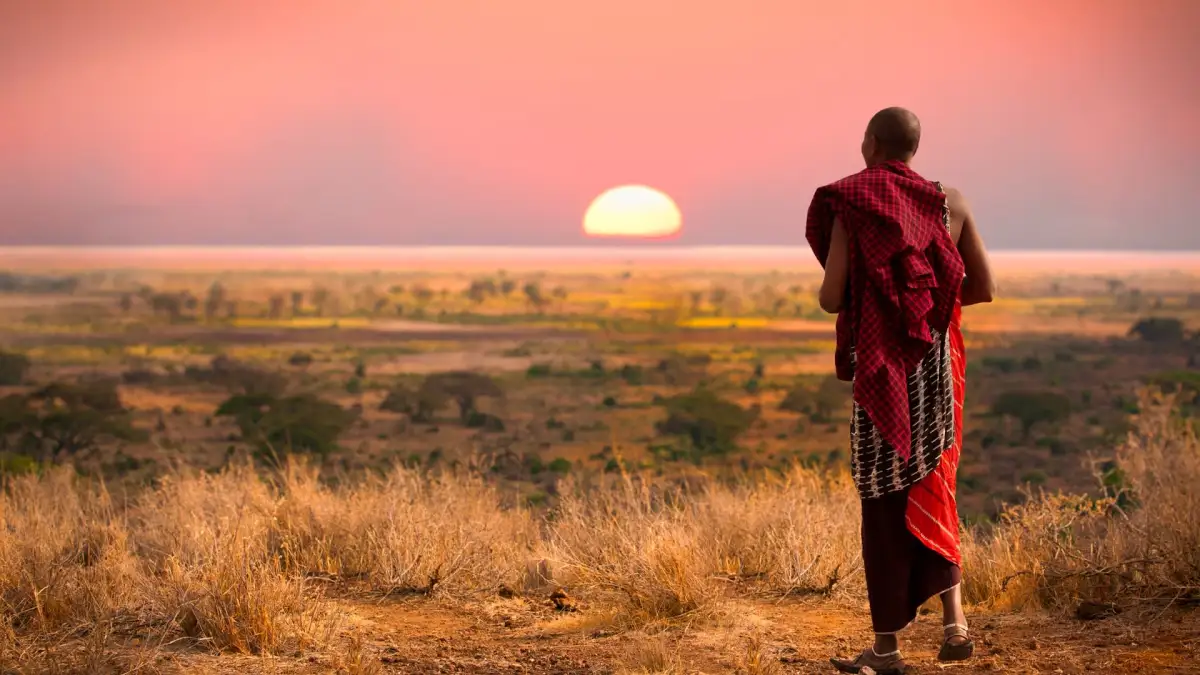
When deciding between the Serengeti National Park in Tanzania and the Masai Mara National Reserve in Kenya, it is essential to consider various factors that can influence your safari experience. Both destinations are renowned for their incredible wildlife, stunning landscapes, and unique experiences. However, they have distinct characteristics that may sway your decision based on personal preferences.
1. Wildlife Viewing Opportunities
Both parks are part of the same ecosystem and offer excellent wildlife viewing opportunities. The Great Migration, which involves millions of wildebeest, zebras, and gazelles moving across the plains in search of fresh grass and water, occurs in both locations but at different times of the year.
- Serengeti: The migration typically takes place from January to July and then again from October to December. The Southern Serengeti is particularly famous for calving season from January to March when thousands of calves are born.
- Masai Mara: The best time to witness the migration here is from July to October when herds cross the Mara River, providing dramatic river crossings that attract many visitors.
In terms of resident wildlife, both parks host a variety of species including the Big Five (lion, leopard, buffalo, elephant, and rhinoceros). However, the Masai Mara has a higher density of lions and cheetahs due to its smaller size.
2. Landscape and Habitat
The landscapes differ significantly between the two parks:
- Serengeti: Covering approximately 14,750 km² (5,700 mi²), it features vast open grasslands interspersed with woodlands, kopjes (rocky outcrops), and riverine forests. This diversity allows for varied habitats that support a wide range of wildlife.
- Masai Mara: At about 1,510 km² (583 mi²), it consists mainly of rolling grasslands dotted with acacia trees and seasonal rivers like the Talek and Mara Rivers. While smaller than the Serengeti, its concentrated wildlife populations make for easier sightings.
3. Best Time to Visit
The best time to visit either park depends on what you want to see:
- Serengeti: Generally recommended during the dry season from June to October for optimal wildlife viewing as animals congregate around water sources.
- Masai Mara: Ideal for witnessing the Great Migration from July through October when large herds cross into Kenya.
4. Accommodations
Both parks offer a range of accommodations from budget-friendly tented camps to luxury lodges:
- Serengeti: Known for having more upscale options with a wider variety of small lodges catering to different budgets.
- Masai Mara: Offers more mid-range accommodations along with budget options outside the reserve.
5. Costs
Typically, safaris in Masai Mara can be less expensive compared to those in Serengeti due to more budget-friendly accommodation options available in proximity to the reserve.
6. Accessibility
Getting there varies slightly:
- Masai Mara: Easily accessible via scheduled flights from Nairobi or by road (approximately 5–6 hours).
- Serengeti: Accessed primarily through Arusha; flights are common due to its larger size making road travel less practical.
Ultimately, choosing between Serengeti or Masai Mara comes down to personal preferences regarding wildlife experiences (especially concerning timing for migration), landscape preferences (vastness vs concentration), accommodation styles desired (luxury vs budget), cost considerations, and accessibility needs.
In conclusion: if you prioritize witnessing dramatic river crossings during migration season or prefer a denser population of big cats like lions and cheetahs in a smaller area with cultural interactions with local Maasai communities—choose Masai Mara. Conversely, if you seek an expansive landscape with diverse habitats where you can witness calving season or enjoy a broader selection of upscale accommodations—choose Serengeti.




Leave a comment:
You must be logged in to post a comment.